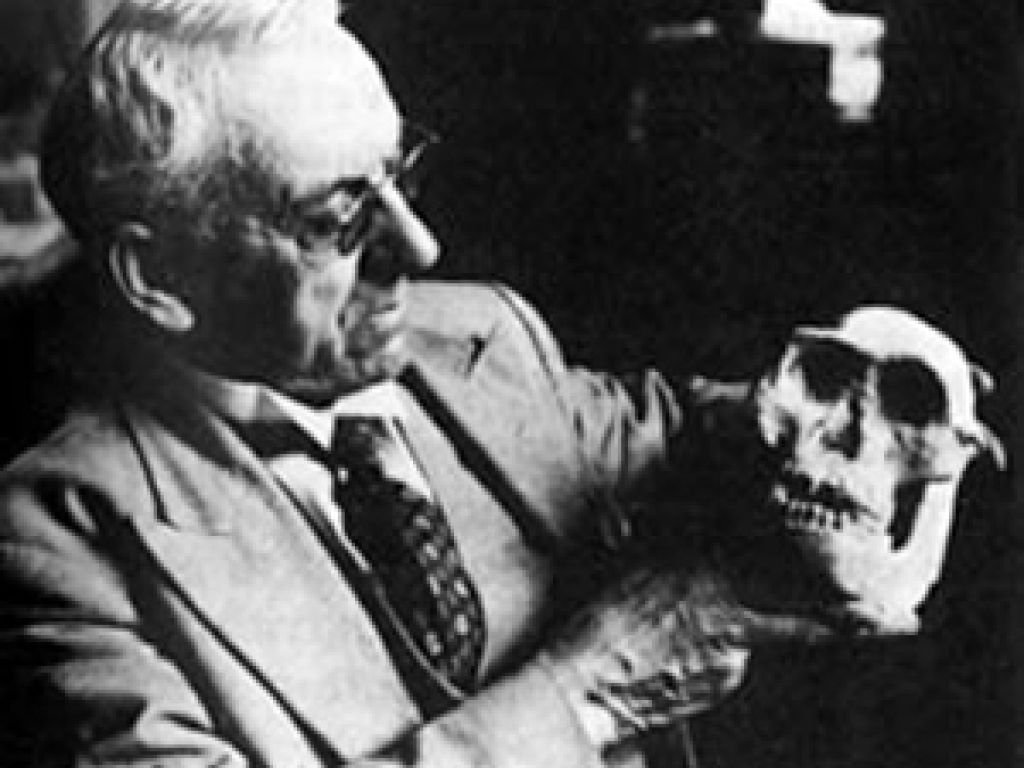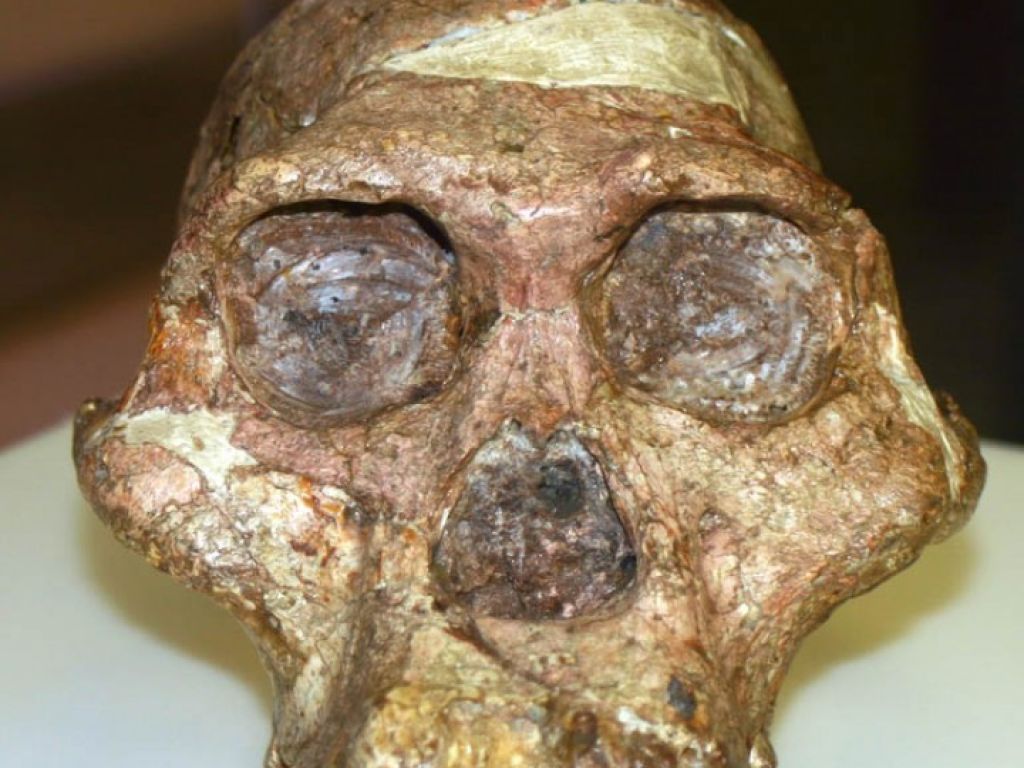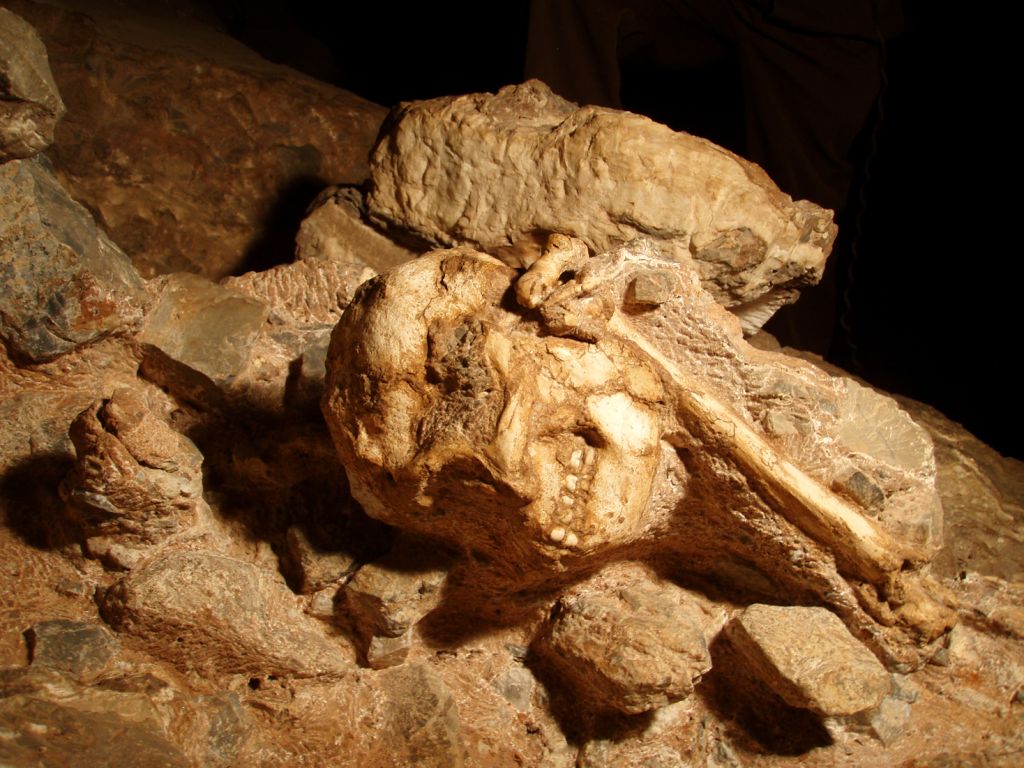Discover 80 years of research that changed our understanding of humanity’s origins
If you have never visited Sterkfontein Caves or are considering a repeat visit, now is the ideal time to go. Walk the chambers, steeped in 80 years of research history sparked by a discovery that forever changed the world’s understanding of humanity.
The discovery Dr Robert Broom, a palaeontologist from the Transvaal Museum, made after he was handed a fossilised brain in 1936 changed the palaeontology profession forever.

It turned out to be the first-ever adult specimen of our ancestor, Australopithecus, dating from 3.3-million to 2.1-million years ago. Broom’s discovery swung science’s focus in the search for humanity’s ancestors from Europe to Africa, specifically, South Africa and a complex of limestone caves called Sterkfontein.
Sterkfontein lies about 40km west of Johannesburg, South Africa’s economic hub, and is where approximately 40% of the world’s hominin fossils have been found.
Back in 1936 there were three contenders for the title oldest human ancestor: Piltdown Man, “discovered” in 1912 and found to be a hoax in 1953; Java Man (Pithecanthropus erectus, later called Homo erectus erectus); and Prof Raymond Dart’s Taung Child (Australopithecus africanus) found in 1924.
The problem for Dart was that the skull was that of a child, and children change physically as they grow. Scientists were loath to accept the Taung Child as an example of a hominin species unless an adult was found. Also, the anatomy the Taung Child presented contradicted the Piltdown Man findings, and there were many years yet until Piltdown Man was revealed to be a forgery.
But then, in 1936 Broom was handed the fossilised brain and prehistory was made. It was exactly the vindication he needed. Legend has it that Dr Robert Broom went to Prof Raymond Dart, and said “you were right”.
“It began 80 years of research and changed the focus of palaeontology from Europe to Africa. Sterkfontein is now the foundation of the science,” says Dr Dominic Stratford, of the University of the Witwatersrand.
What the next 80 years have shown is that there is no site anywhere else in the world that reveals more about the links in the chain that ascends to modern humans, Homo sapiens, than Sterkfontein.
Important though the hundreds of hominin fossils found at Sterkfontein are, thousands of fossils of prehistoric animals have also been found there. So important is the cave complex that in 1999 the United Nations Educational, Scientific and Cultural Organisation (Unesco) designated it a World Heritage Site – a site important to the collective interests of humanity.
The Cradle of Humankind World Heritage Site includes caves at Sterkfontein, Swartkrans and Kromdraai, and their environs, as well the Makapan Valley in Limpopo and the Taung skull fossil site in North West province.
“Collectively these sites have produced abundant scientific information on the evolution of modern humans over at least the past 3.5-million years. They constitute a vast reserve of scientific information, with enormous potential,” Unesco says in its citation.
Johannesburg is a very young city, founded in 1886 after gold was discovered on the Witwatersrand. What ensued was the biggest gold rush ever, anywhere. Gold extraction and general construction needed lime, and it was in pursuit of lime that miners tried to exploit the Sterkfontein cave complex. Luckily, early on geologists recognised the importance of Sterkfontein’s cave and called for its preservation. The main cave was saved.
While the Sterkfontein complex is most famous for hominin fossils, the discovery in the 1940s of the fossils of an extinct hyena emphasised to Broom the site’s importance as a site relating to the Pilocene Epoch, a geologic timescale that extends from 5.33-million years ago to 2.58-million BP (before present).
The major finds at Sterkfontein include:

● 1947: Mrs Ples – first called Plesianthropus transvaalensis, it was later classified as Australopithecus africanus. Later it was revealed the gender could not be identified and Mrs Ples might be a Mr
● 1994: Little Foot – yet to be classified beyond Australopithecus, is – incredibly – almost complete,. . The story of Little Foot’s discovery is complex and has its roots in the 1980s, when some fossil bones were placed in a box and forgotten. Work continues
● The first, and so far only, direct association between Homo ergaster (also called African Homo erectus, 1.9-million to 1.4-million years old) and early Acheulean stone tools
● The oldest (Oldowan) stone tools in Southern Africa. These are the oldest known type of stone tools in the human record
From the 1920s the Sterkfontein cave complex was popular with tourists, some of whom wandered off with fossil souvenirs, but after the 1999 Unesco declaration the Gauteng government put millions into new infrastructure.
In October 2003 the Gauteng government contracted with the Maropeng a’Afrika Leisure company for the design, construction and operation of a world-class visitor centre and recreation facilities in the Cradle of Humankind.
Since its opening December 2005, Maropeng together with Sterkfontein Caves have seen on average 224 000 visitors per year which continue to grow annually. These sites serve as an edutainment destination for both international and local visitors.
